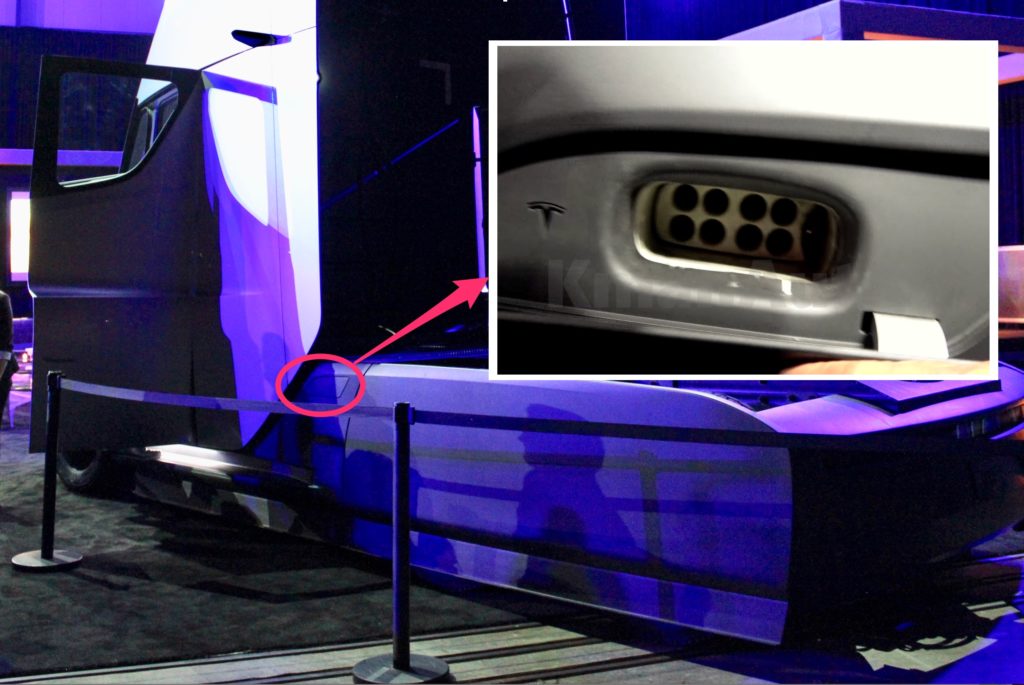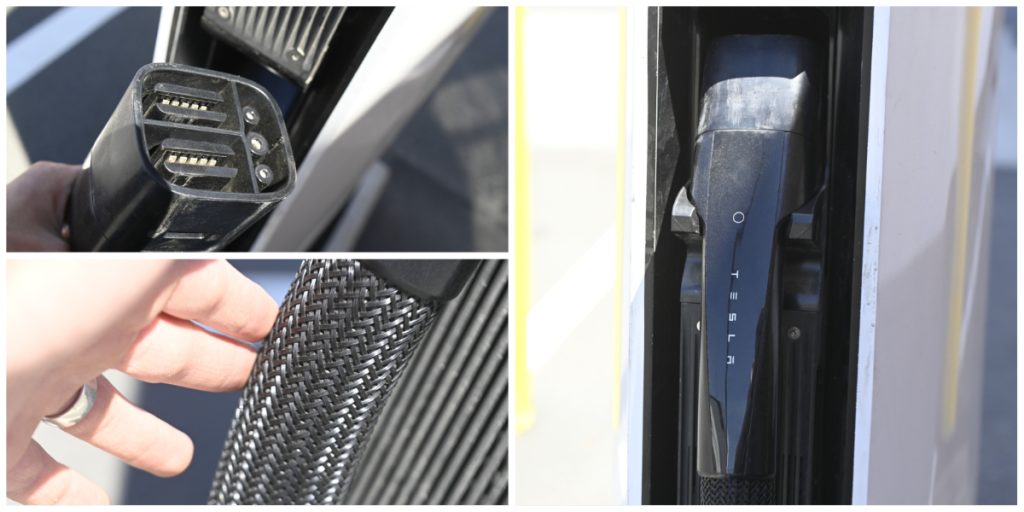voxel
Active Member
10000V?! Yea good luck trying to have a battery that operates in that range and be able to handle arcing hazards in such a system.
That screenshot I believe shows a connector in its higher power form; for trucks and stuff the can be slimmer and don't look as unwieldly as the above screenshot makes it out to be (though obviously it is bigger than CCS).

CharIN Officially Launches The Megawatt Charging System (MCS)
CharIN has officially launched at the EVS35 in Oslo, Norway, the Megawatt Charging System (MCS) DC fast charging connector for heavy-duty vehicles.insideevs.com
You can see a charging session for MCS, doesn't look to bad to plug (especially for its intended purpose).
10000V was an example. There are other methods to reduce amps/heat in charging. I've heard of a split battery pack idea with separate charging systems.










